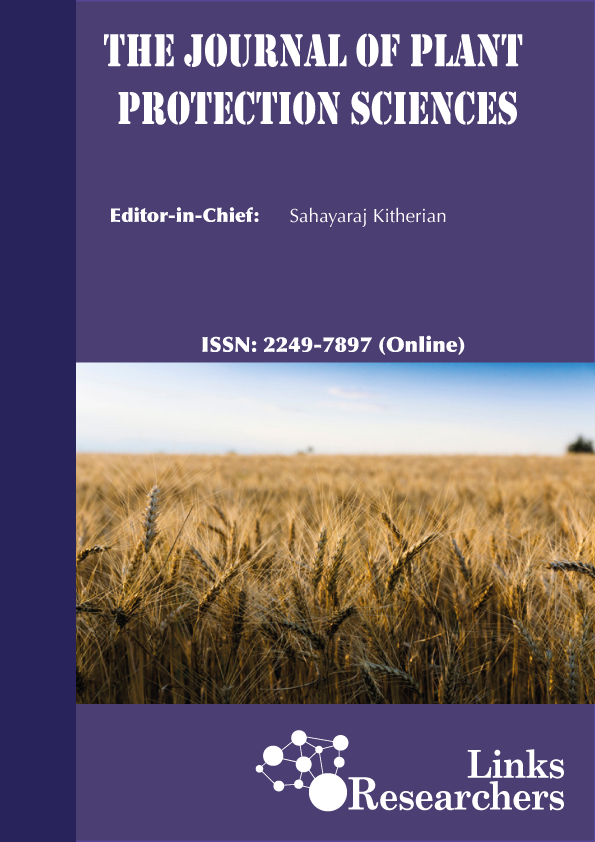Ali Murad Rahoo1,2, Tariq Mukhtar3,*, Simon R. Gowen1, Rehana Kanwal Rahoo4 and Shaukat Ibrahim Abro5
K.N. Ahmed and M.R. Hasan
M. S. A. Mamun and M. Ahmed
A.A. Oyerinde, P.Z. Chuwang, P.Z. and G.T. Oyerinde
Ayesha Aihetasham*, Faiza Qayyum and Muhammad Xaaceph
Muhammad Zahid1*, Muhammad Ather Javed Khan2, Muhammad Idrees3 and Ahmad Kamran Khan4
Shahid Ali*, Anjum Shehzad*, Muhammad Ather Rafi* and Ahmed Zia*
Muhammad Tayyab Mudassar*, Ehsan-ul-Haq*, Muhammad Naeemullah**, Muhammad Shakeel*, Muhammad Ashfaque*, Asmat un Nisa* and Javed Khan*
Abdul Haq*, Anjum Shehzad**, Muhammad Ilyas**, Muhammad Ishaque Mastoi**, Abdul Rauf Bhatti** and Mian Inayatullah*
Fan Shuli1*, Ameer Hussain Jarwar1,3, Xiaoyan Wang2, Long Wang1 and Qifeng Ma1
Tanzeela Riaz*†, Farah Rauf Shakoori, Syed Shahid Ali
Abdul Khaliq1, Muhammad Irfan Ullah1,*, Muhammad Afzal1, Akhlaq Ahmad2 and Yasir Iftikhar3
Sadaf Rahim and Mudassar Iqbal*












